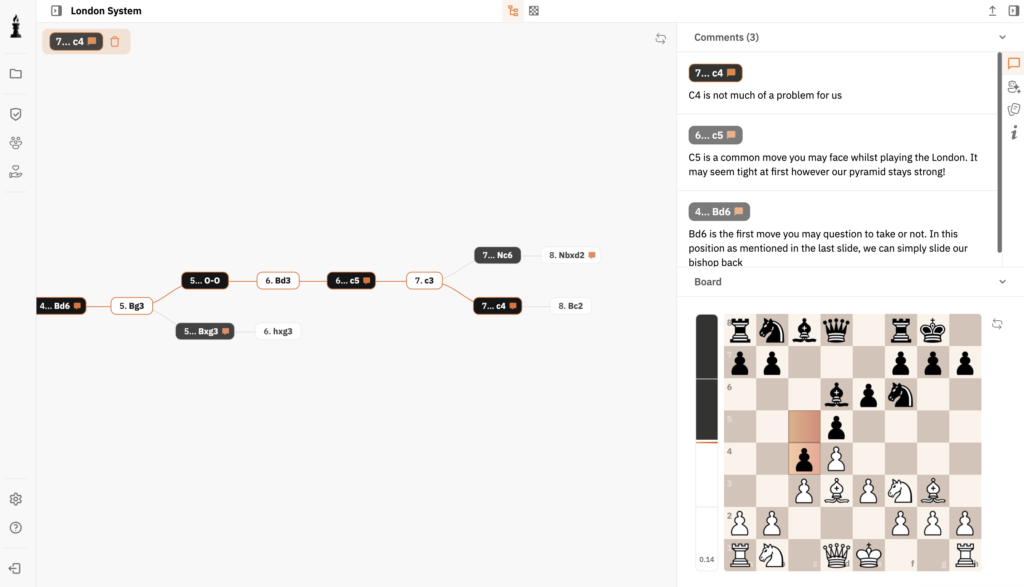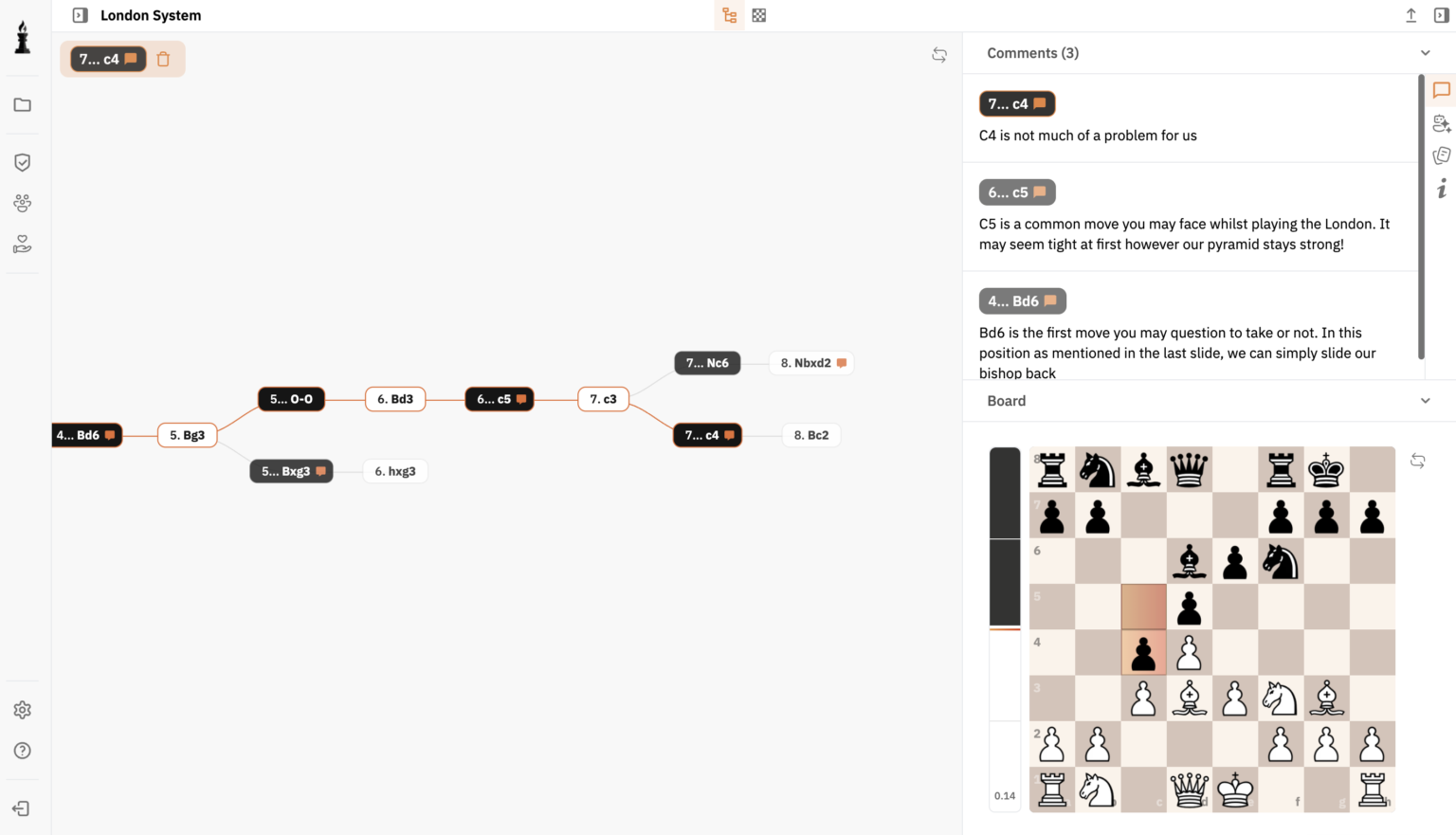Chess, a timeless strategic game, is built on a foundation of intricate patterns. Recognizing and understanding these patterns is crucial for improving as a chess player, whether you are a beginner or a seasoned Grandmaster (GM). Let’s delve into the significance of chess patterns and how they can benefit your gameplay.
The Foundation of Chess Patterns
Chess patterns are recurring configurations of pieces on the board that appear in various situations. Experienced players recognize these patterns as they study and practice, understanding when specific positions occur and how to leverage them strategically. The Chess Middlegame often involves complex patterns where chess tactics play a significant role.
A classic example is the pin. This tactic forces an opponent’s piece to remain fixed to protect another, oftentimes more valuable piece, behind it. Recognizing potential pins is essential for both defensive and offensive strategies.
Famous Chess Patterns
Several well-known patterns have shaped chess history. Consider the Boden’s Mate, a checkmate pattern where two bishops line up to deliver checkmate. Similarly, the Arabian Mate demonstrates the power of the knight and rook together.
Understanding Pawn Structures
Pawn structure plays a pivotal role in defining patterns on the chessboard. Key formations include the Carlsbad Pawn Structure, which influences pawn breaks and the creation of minor piece strategies.
Mastering these structures facilitates better decision-making concerning exchanging pieces or moving toward pawn promotion. For example, holding a pawn majority on a specific side can offer significant leverage in the endgame.
The Role of Chess Engines
With advancements in technology, engines like Stockfish have become essential tools for analyzing patterns and evaluating positions. They offer insight into complex positions, making them invaluable for both training and competitive play.
ChessFlare Tools
ChessFlare provides a variety of tools to assist players in understanding patterns, improving tactics, and enhancing their overall game strategy. Utilizing such tools enables players to grasp deeper insights into the myriad of positions arising from standard open games and closed positions.
The Influence of Notable Players
Historically, players like Ruy Lopez and Louis-Charles Mahé de La Bourdonnais have deeply influenced chess strategy through their understanding and implementation of specific patterns. Ruy Lopez’s contributions laid the groundwork for the modern chess openings that bear his name.
Conclusion
The ability to recognize and utilize chess patterns is a cornerstone of advanced gameplay, with historical and modern players alike benefiting from this knowledge. By using tools provided by platforms like ChessFlare, players can refine their skills and enjoy a deeper understanding of the game.
Chess patterns provide a framework for understanding recurring positions and strategies. Recognizing patterns allows players to anticipate opponents’ moves and strategize effectively, leading to better decision-making and success on the board.
Chess engines like Stockfish analyze vast amounts of data to identify and evaluate chess patterns. They offer insights into complex board positions, helping players understand potential outcomes and make informed strategic decisions.
Historical games provide a wealth of information on effective strategies. Studying these games helps players learn classic patterns, understand tactical innovations, and adapt proven methods to contemporary gameplay.
Pawn structure affects a game’s strategic flow, influencing which pieces are strong or weak and when specific tactics should be deployed. Understanding pawn structures helps players control the board and create advantageous positions.





